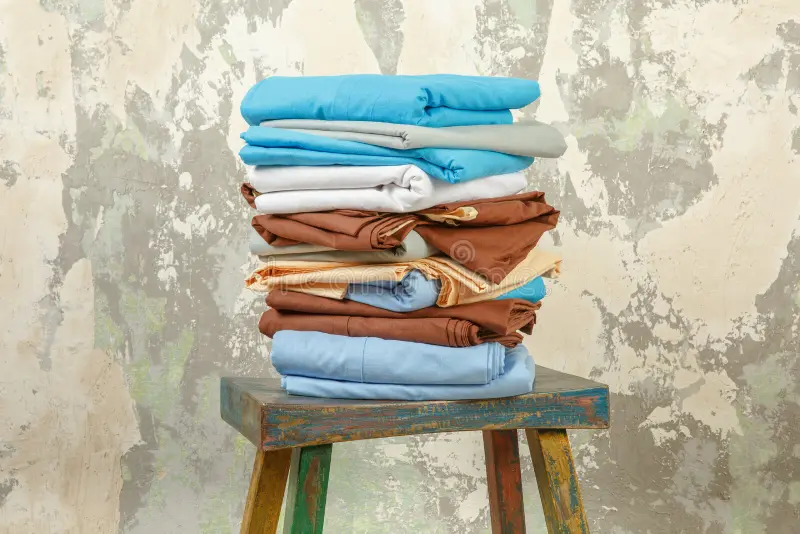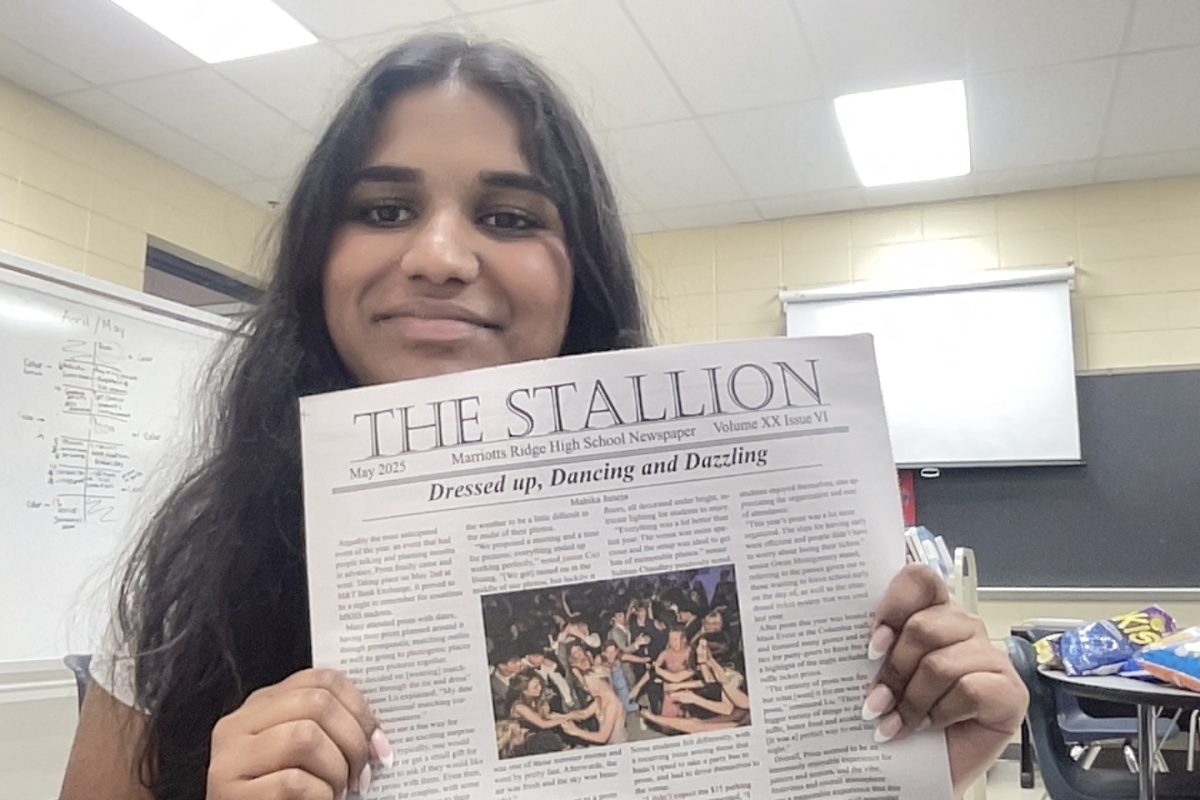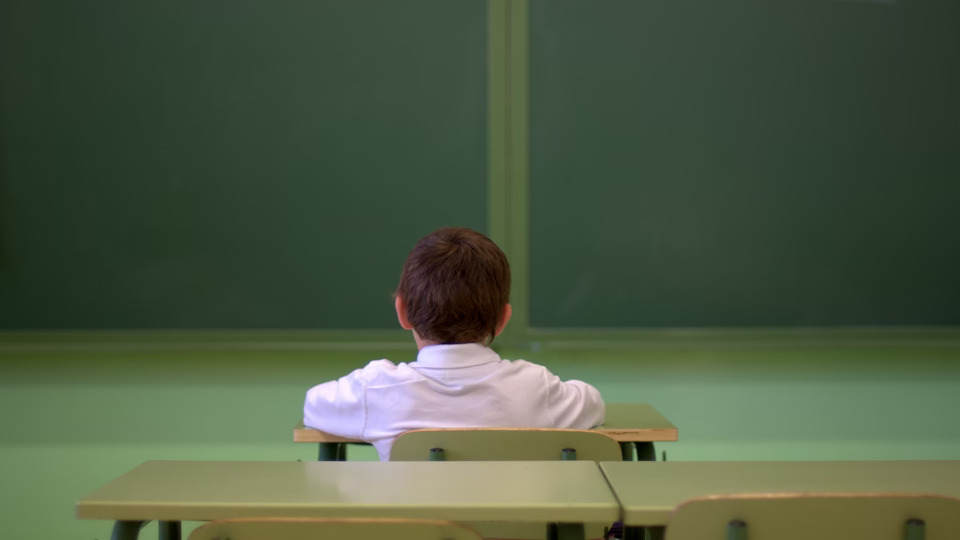While a person’s fashion choice may seem like nothing more than a trivial decision, sometimes it can speak volumes to the individual’s mental state. An individual’s mental state can be affected by many things, a recent example the world has seen being Covid. Sophomore Jordan Oh mentioned how, “Covid affected my stylistic choices when it came to choosing my outfits… it sucked a lot of motivation for choosing the way I look.”
Two factors of a person’s outfit can jump out to onlookers, the first being color, and the second being connections formed from a particular outfit.
Colors, whether visually appealing or appalling, play a role in unconscious interpretation, signaling the brain to interpret what it is viewing with certain leniency. The phenomenon of color affecting a person’s mood is what breathes life into the subsection of psychology dedicated to color.
A part of color psychology has to do with the brain’s interaction of cells with visible physical stimuli. The visual cortex is the section of the brain that interprets both shape and color. Signals from the visual cortex are relayed to other portions of the brain, one of which being the prefrontal cortex, where memories or emotions can be triggered.
The brain responds to colors in this way, which can be demonstrated in a plethora of examples. In Japan, at Tokyo’s Yamanote railway line blue lights were installed to reduce the instances of suicide, as the color blue has been shown to have a calming effect. As a result, instances of suicide dropped by 74 percent at railway stations.
This same effect may be observed in the appearance of clothing although there is room for discretion in every person, as each person has a different perspective of colors and their association. Articles of clothing that contain warmer colors will typically invoke emotions that are more commonly projected outwards, from anger to feelings of warmth. Cooler colors inspire emotions targeted more inwards, from calmness to indifference.
Oh went on to explain how her style was affected by her change of mood during Covid in that, “I wore brighter colors… in a variety of shades and dresses differently everyday… in Covid I just never changed my outfit unless it had been weeks… wearing a lot of white, blue, and dark blue.”
However, it is important to consider the context of an environment. A glowing red shirt in a hostile environment may cause people to associate the individual in the shirt with greater hostility while the same shirt in a calmer environment may cause others to see the same person as more excited than they would otherwise be seen as.
The second property of fashion in regards to psychology is the actual outfit itself. A person in a three piece suit will more likely be seen as a trustable person who is respectable. A person in a t-shirt and jeans will more likely be seen as a laid-back individual who is out on a casual occasion. However, what a person wears is proven to also have strong effects on the individual.
Sophomore Jenna Rossi made the example of, “pajamas are proven to decrease your focus and your energy.”
Enclothed Cognition is the term used to describe the effects of the clothing on an individual’s emotions and mind. A famous experiment performed by Hajo Adam and Adam D. Galinsky. They had half of their participants wear a doctor’s lab coat while presenting them with attention consuming tasks and half of their participants wear casual clothing. Those in what the participants believed were lab coats scored far higher on their test than those in casual clothing. This experiment has been performed many times and even had participants wear the same clothing, but half the group was told they were wearing a lab apron while the other half were told they were wearing a painter’s smock, and the results were still replicated.
Clothing undoubtedly has a strong influence on both the wearer and those around them. What people wear is important. Styles can strongly affect people’s perception of an individual and provoke emotions. Individuals pick their clothing and style choices carefully and wear the image they both wish to feel like and be seen as.
Categories:
Psychology of Fashion
More to Discover
About the Contributor

Michael Rymut, Staff Writer
My name is Michael Rymut, I am a Junior and also an editor this year. I do indoor skydiving, tae kwon do and often go for hikes or runs for fun. I play Dungeons and Dragons in and out of school (club president, come join us Fridays from 3-4pm), chess and board games. I also do wood working and just made an instagram account for it (mr.woodenworks)!!








